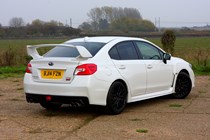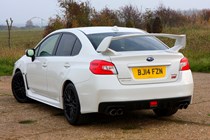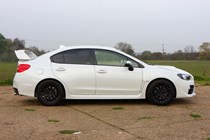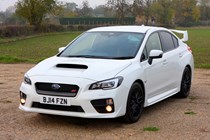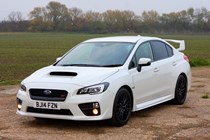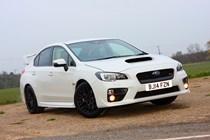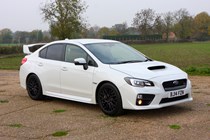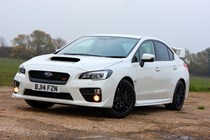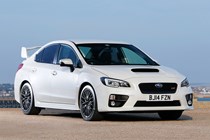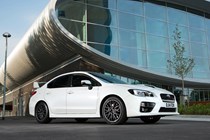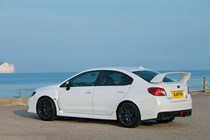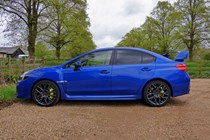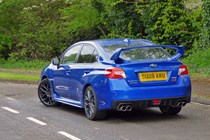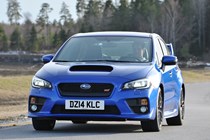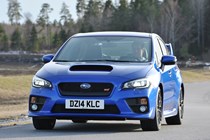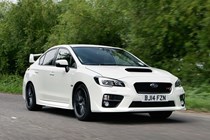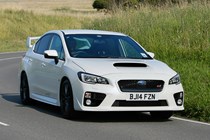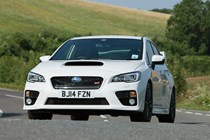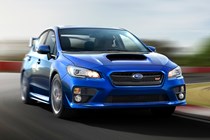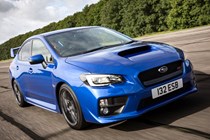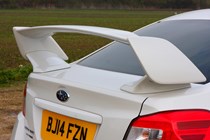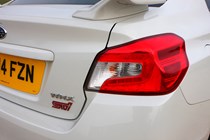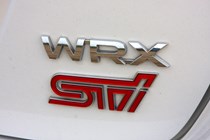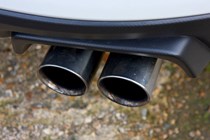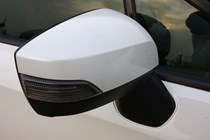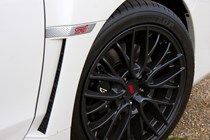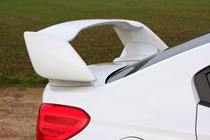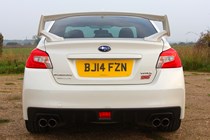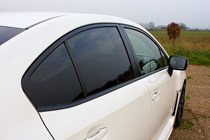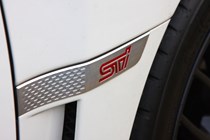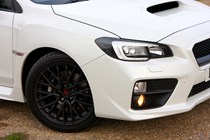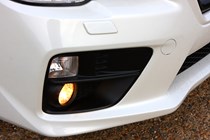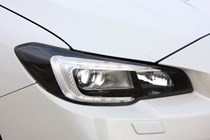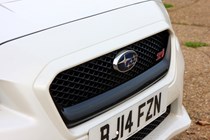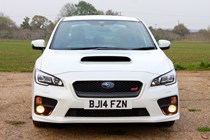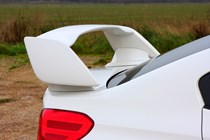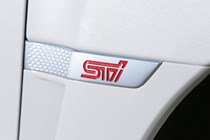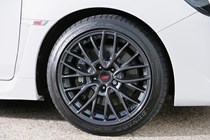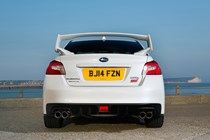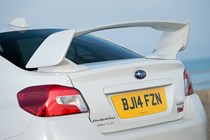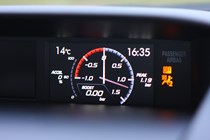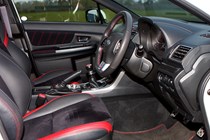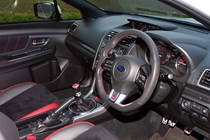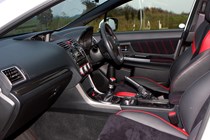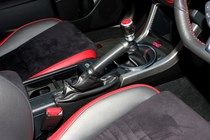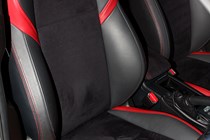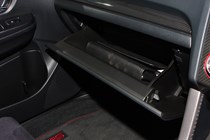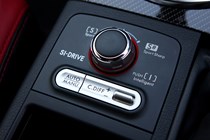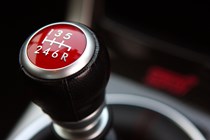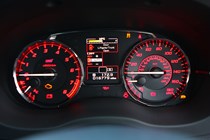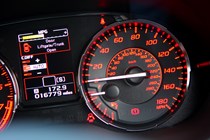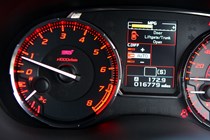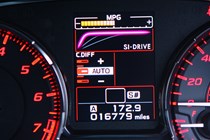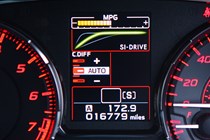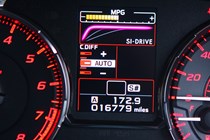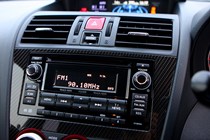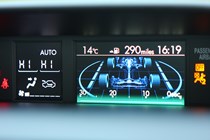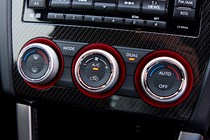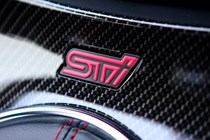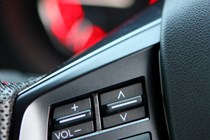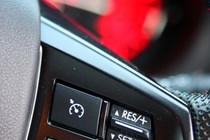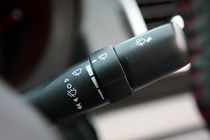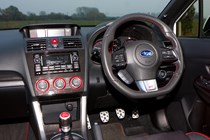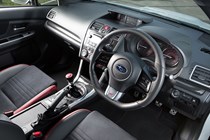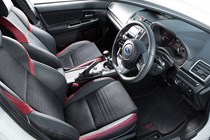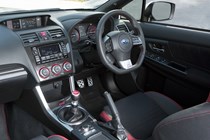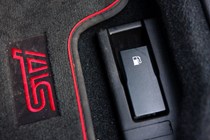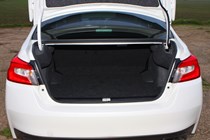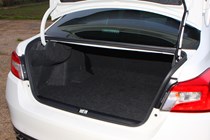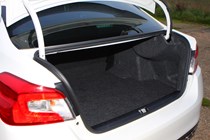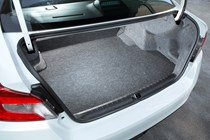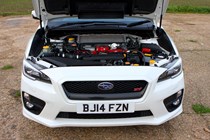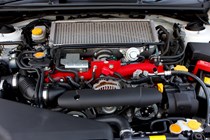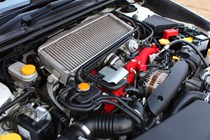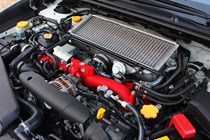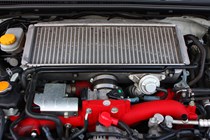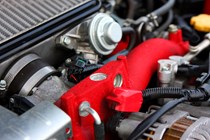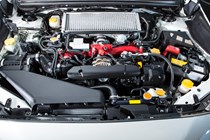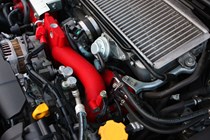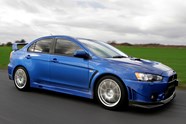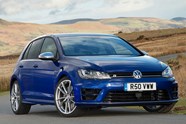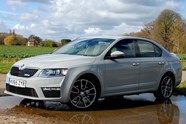
Subaru WRX STi (2014-2017) review
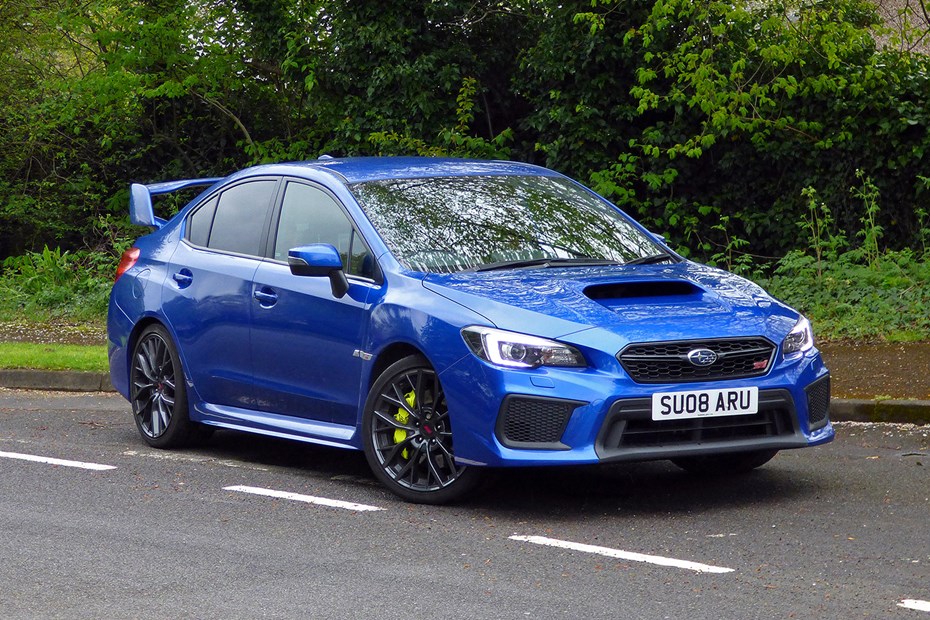
At a glance
| Price new | £30,295 - £32,295 |
|---|---|
| Used prices | £9,075 - £19,011 |
| Road tax cost | £195 - £735 |
| Insurance group | 40 - 43 |
Get an insurance quote with

|
|
| Fuel economy | Not tested to latest standards |
| Range | 330 - 356 miles |
| Number of doors | 4 |
| View full specs for a specific version | |
Available fuel types
Petrol
Pros & cons
- Brilliant handling
- Very fast
- Great brakes
- Expensive to run
- Firm ride quality
- Rivals easier to live with
Subaru WRX STi (14-17) rivals
Overview
There aren’t many cars more recognisable than the new Subaru WRX STI. It’s a rally-bred performance car that has been the vehicle of choice for many a dyed-in-the-wool enthusiast since famed drivers Richard Burns and Colin McCrae sent blue ones with gold wheels hammering through forests in the World Rally Championship back in the late nineties.
Taking on the competition
Back then it was called Impreza, but recent versions of the car have dropped that name and instead focused on WRX STI – the bits which hark back to proper motorsport pedigree. With that in mind it’s a rival – on performance at least – with the Volkswagen Golf R, BMW M135i and even the BMW M3.
But while those cars are great all-rounders, the WRX STI is a different proposition. It’s far more focused on simply being very quick from A to B. For that reason it’s less comfortable, less luxurious and less forgiving, but much better at doing what it does best: demolishing B-roads in nearly any driving conditions. It’s more practical than a lot of hatchbacks too, so it’s got that in its favour.
Turbo engine, four-wheel drive
Power comes from a 2.5-litre turbocharged petrol engine with horizontally opposed cylinders – something Subaru has become famous for using. It means the engine is thinner and thus can be mounted lower in the car, so the centre of gravity is as low as possible for optimum handling.
Again harking back to the firm’s traditions, a four-wheel drive system is installed so the engine’s 296bhp and 407Nm are fed to the tarmac as effectively as possible.
There are several features installed to allow the driver to adjust the car’s handling as required at the flick of a switch. You can read more about these in the Handling section of this review.
Of course, the upshot of this performance-based set-up is that running costs are comparatively gigantic. Fuel economy of a claimed 27.2mpg (if you’re lucky) and CO2 emissions of 242g/km mean you’re really going to have to make a case for this car rather than relying on simply soaking up the big bills. It’s certainly never going to make it as a viable company car, either.
Interior improved
Thankfully, it’s plain to see Subaru has done a lot of work to make the cabin feel a higher-quality environment. There are new soft-touch plastics, new race-inspired bucket seats and there’s actually a fair bit of kit on offer here too, though it’s all a bit last year compared to its rivals in this respect. Optional extras are limited to a built-in sat-nav system, which we’d avoid anyway. It’s woefully slow and doesn’t work in direct sunlight as you can’t see the screen.
Final Edition bids farewell to WRX
As a final nod to the WRX’s departure, Subaru introduced the Final Edition at the end of 2017, adding larger 19-inch wheels, Brembo brakes and yellow brake calipers. There’s subtle badging on the outside, while the inside is treated to gloss back trim and red seatbelts.
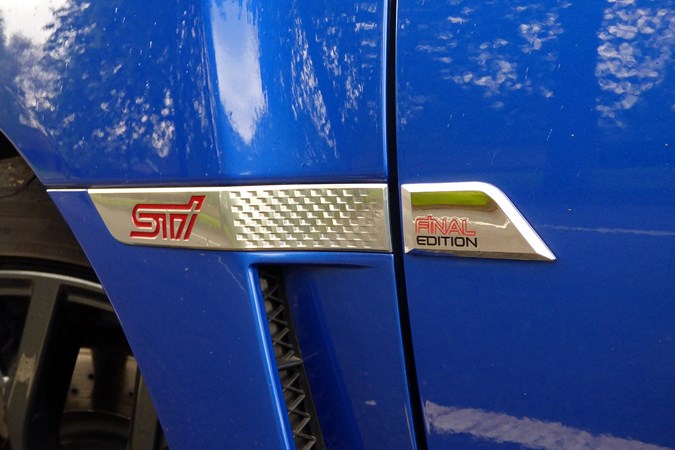
With 150 units sold in the UK, you may have to be patient and search hard for one of these.
Should you buy one?
The chances are, if you’re considering it, you’ve probably already decided. This is going to be a low-volume model for Subaru and will appeal to a certain sort of car buyer who knows exactly what they want. It can’t hold a candle to the likes of the Golf R as an all-rounder, but on the right day and the right route there isn’t much out there quicker. The fact that it’s £4,000 cheaper than the previous model goes even further towards sweetening the deal.
Read on for our full Subaru WRX STI review.



